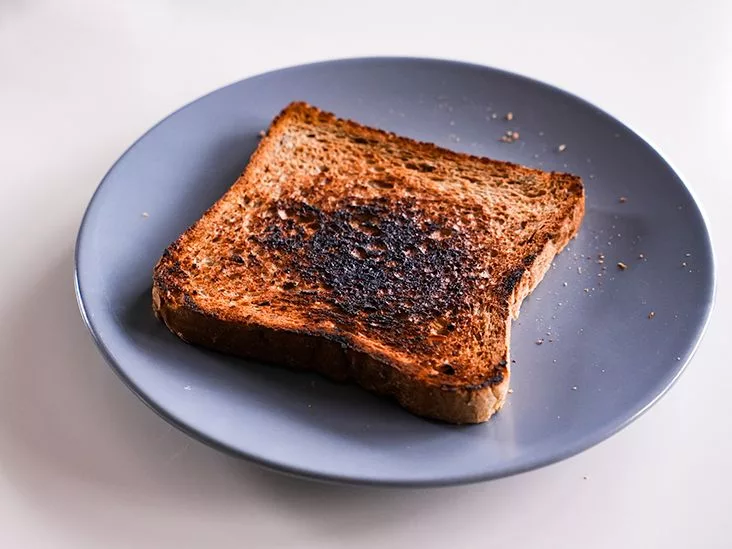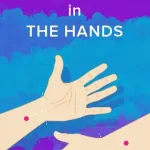What is the Burnt Toast Theory? It’s a simple reframing trick that treats tiny setbacks—like a slice of burnt toast—as possible “silver‑linings” that can steer you away from bigger problems. Why care? Knowing how it works lets you turn everyday frustration into a useful coping strategy without falling into the trap of forced positivity.
Core Concept
Definition in a Sentence
The Burnt Toast Theory is the belief that a small inconvenience may spark a domino effect leading to a better outcome, even if you can’t see it right away.
How It Went Viral
The idea exploded on TikTok in 2023 when a user shared a story about burning her toast, missing her train, and later avoiding a major traffic accident. According to BetterHelp, the hashtag #burnttoasttheory quickly spread, turning a kitchen mishap into a cultural meme.
Key Psychological Pillars
- Reframing – a core cognitive‑behavioral technique that swaps a negative label for a more constructive one.
- Mindful pause – recognizing the annoyance before you react.
- Silver‑lining search – asking “What could this delay protect me from?”
Dr. Brianne Markley, PhD, notes that the theory “recognizes you can still be frustrated, but it gives you a chance to reroute, reframe, and move forward” (Cleveland Clinic).
How It Works
Domino‑Effect Model
Imagine a small delay—like burning toast—adds a few extra minutes to your morning. Those minutes might shift your route, causing you to miss a traffic jam, avoid a sudden road hazard, or even give you time to think of a solution to a work problem. The theory treats that tiny shift as a protective ripple.
Real‑World Example #1 – Missed Flight Saves Life
In 2024 a group of travelers missed a flight because a burnt‑toast‑style delay kept them at the airport. The plane later suffered a mechanical failure and made an emergency landing. The incident, highlighted in a Medium article, illustrates how a minor annoyance can become a lifesaver.
Real‑World Example #2 – Flat Tire Leads to a Call
Picture this: you get a flat tire on the way to an interview. While waiting for assistance, a former colleague calls, offering a job lead that ends up being a perfect fit. Cleveland Clinic lists such everyday scenarios—flat tires, forgotten lunches, missed buses—as classic burnt‑toast moments that may open unexpected doors.
Brain Science Behind Meaning‑Making
Our brains love patterns. When a small setback occurs, we instinctively search for meaning—a survival tool honed over millennia. This search mirrors the “butterfly effect” concept, where a tiny change can shift a larger trajectory. However, psychologists warn that we must avoid confirmation bias—seeing “good” outcomes where none exist.
When It Becomes “Lucky‑Girl” Thinking
It’s easy to slip into “everything is awesome because I burned my toast” territory. That’s the line between healthy reframing and toxic positivity. Dr. Markley cautions that “you can still be upset about the burnt toast; the theory simply invites you to look for a possible benefit, not to force gratitude.”
Benefits
Reduced Stress & Better Mood
Studies link optimism to longer lifespan and lower cortisol levels. Harvard Health reported that a consistent optimism mindset can improve heart health and resilience (Harvard Health). The Burnt Toast Theory offers a quick, low‑effort way to nudge yourself toward that optimistic outlook.
Enhanced Problem‑Solving
When you pause to ask “What might this delay protect me from?” you create mental space for creative solutions. Instead of reacting impulsively, you’re more likely to spot a hidden opportunity, whether it’s a new route, a fresh idea, or a chance conversation.
Strengthened Resilience
Reframing minor annoyances trains your brain to view challenges as temporary and potentially beneficial. Wysocki Psychological Services lists this approach as an effective frustration coping strategy that builds long‑term emotional stamina (Wysocki Psychological Services).
Social Connection
Sharing a burnt‑toast story often sparks laughter and empathy. It’s a low‑stakes way to bond with coworkers or friends, turning a mundane mishap into a relatable anecdote that deepens relationships.
Risks
Over‑Attributing Meaning
If every minor snag is labeled a “blessing,” you may start seeing patterns where none exist—a classic case of confirmation bias. That can lead to poor decision‑making, especially when the “silver lining” is just wishful thinking.
Ignoring Real Emotions
When you jump straight to “look on the bright side,” you risk suppressing genuine frustration. Toxic positivity tells you to “just be grateful,” which can invalidate feelings and increase stress in the long run.
Decision‑Paralysis from Over‑Analysis
Spending too long brainstorming “what could have happened” can stall action. A practical tip: set a two‑minute timer for the reflection phase, then move forward.
Daily Toolkit
3‑Step Reframe Formula
- Pause – Notice the irritation (the burnt toast, the missed bus).
- Label – Name the event and your immediate reaction.
- Search – Ask yourself, “What might this delay protect me from, or what new option could it create?”
Worksheet Example
| Event | Immediate Reaction | Potential Silver Lining | Action |
|---|---|---|---|
| Burnt toast | Frustration, extra 5 min | Avoided rush‑hour traffic | Drive slowly, enjoy a podcast |
| Flat tire | Annoyance, delay | Ran into an old friend | Exchange contacts, set coffee date |
| Forgot wallet | Stress, embarrassment | Learned to use mobile pay | Set up Apple/Google Pay |
Integrating with Other Techniques
Pair the Burnt Toast Theory with gratitude journaling: after you find a possible benefit, write a brief note about it. Combine it with CBT thought records to challenge any irrational “everything is always terrible” beliefs. Mindfulness meditation can also sharpen the pause step.
Quick‑Check: Is This Toxic Positivity?
- Am I dismissing my genuine disappointment?
- Is the “silver lining” realistic or wishful?
- Did I spend more than a few minutes ruminating?
If you answered “yes” to any, truncate the search and simply acknowledge the feeling—validation matters as much as optimism.
Expert & Community Voices
Clinician Insight Prompt
If you have a mental‑health professional on your radar, you might ask: “How does reframing a minor annoyance affect neuro‑plasticity and stress pathways?” Their answer can add scientific depth to your personal practice.
Real‑World Case Studies
We love hearing your stories! Drop a comment below describing a time when a burnt‑toast moment turned out to be a hidden blessing. Your experience could help someone else reframe their own setbacks.
Trusted Sources to Quote
- Dr. Brianne Markley, PhD – Cleveland Clinic (2025)
- Harvard Health – Optimism research (2024)
- Wysocki Psychological Services – Frustration coping (2024)
Quick‑Reference Summary
| Aspect | Benefit | Potential Risk | Mitigation |
|---|---|---|---|
| Reframing small setbacks | Lower stress, boost resilience | Over‑interpretation | Limit reflection to 2 minutes |
| Mindful pause | Increases clarity, creativity | May feel like over‑thinking | Use a timer, then act |
| Social sharing | Strengthens relationships | Risk of brag‑culture | Focus on growth, not outcomes |
Conclusion
The Burnt Toast Theory is a friendly, evidence‑backed tool that helps us turn everyday annoyances into stepping stones—without forcing false cheerfulness. By acknowledging the frustration, briefly searching for a realistic silver lining, and then taking purposeful action, you can cultivate a healthier optimism mindset and a stronger frustration‑coping strategy. Try the 3‑step formula on today’s little mishap, share your story in the comments, and let’s keep learning from each other’s burnt‑toast moments.


















Leave a Reply
You must be logged in to post a comment.